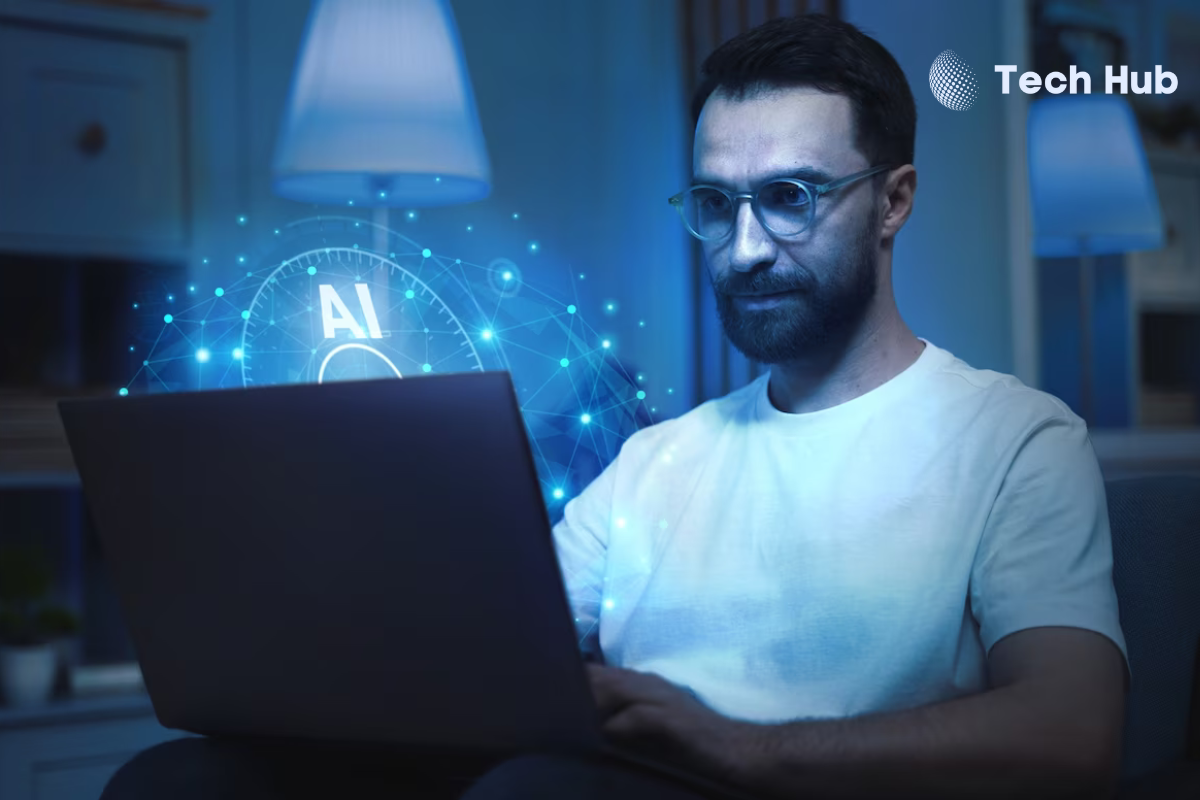
OpenAI has introduced SORA, a text-to-video tool that holds the capability to generate full one-minute videos based solely on textual prompts. This latest innovation promises to transform various industries from marketing and entertainment to education and design.
SORA functions by taking in text instructions and generating photorealistic and dynamic videos from them which opens countless opportunities for its professional use. Marketers can utilize it for hyper-personalized ads; filmmakers can easily create visual ideations of their scripts and the educational system can bring historical events to life with SORA’s immersive simulations.
SORA brings with it its share of ethical and practical challenges. Its popularity could lead to a rise in generation of deep fakes, where malicious users could leverage its capabilities to create misinforming hyper-realistic videos to not just harm organizations but also deeply affect personal lives of people. Concerns around copyright infringement and the impact on creative industries also loom large.
Acknowledging these concerns, OpenAI emphasized its commitment to responsible development has currently restricted SORA’s access to ‘red teamers’ and select creatives for feedback and testing stages, while also simultaneously conducting safety evaluations to curb potential misuse.
Despite the looming fear of ethical considerations, the potential advantages of SORA’s abilities are undeniable. It could prove to be a new horizon to education as simulations could become more personalized and hyper-realistic, completely revolutionizing learning experiences. Not just that, by democratizing video creation, anyone with a good enough idea can bring it to life and witness its viability visually. This would also elevate accessibility to visual content empowering businesses and individuals alike.
The emergence of SORA signifies a pivotal movement in the evolution of artificial intelligence. Navigating through the complex web of ethicalities is very crucial even though this technology holds immense potential. As we witness the lines between reality and AI-generated creations blur, the onus lies on all stakeholders to ensure this powerful tool serves humanity’s progress, not its peril.
